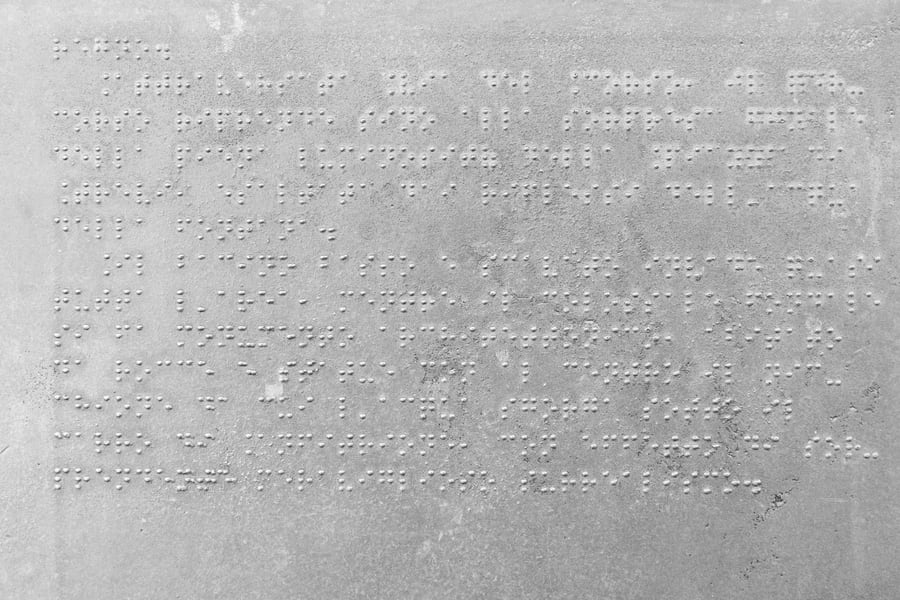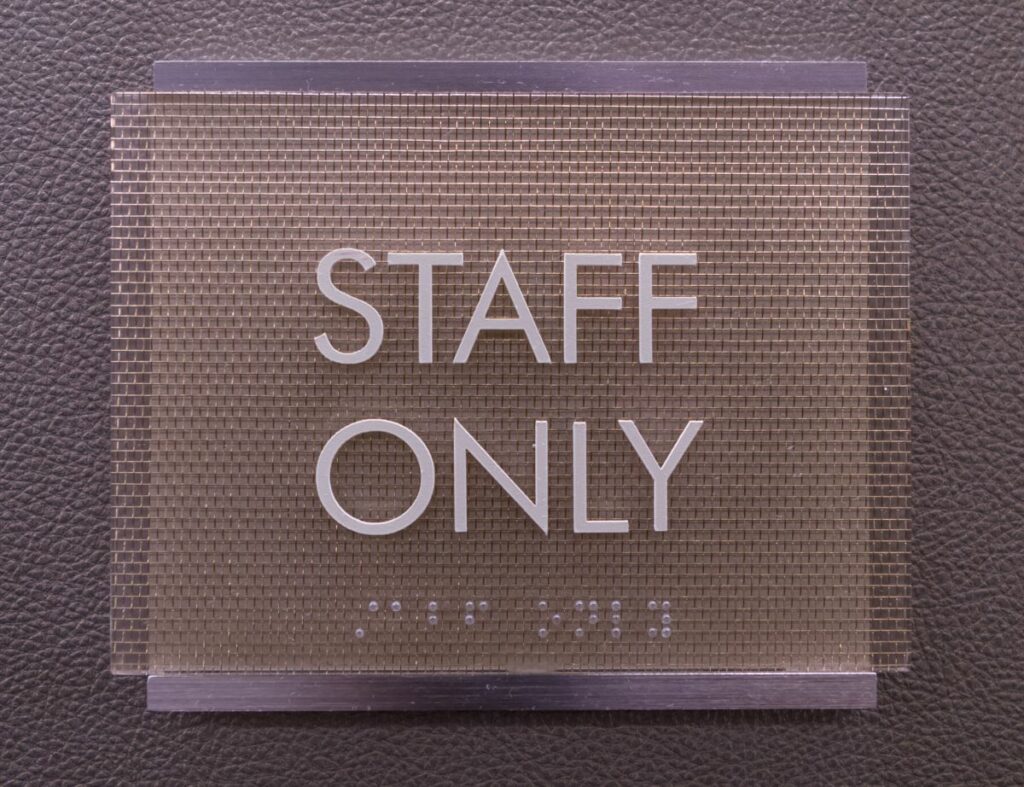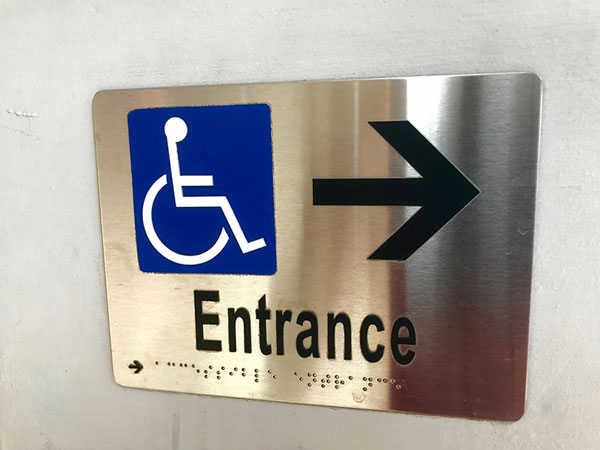- Sign Company
- Products
SIGNAGE MASTERY TRANSFORMING SPACES WITH VISUAL IMPACT
- Design Services
- About Us
- Industries
- Blog
- Gallery
- Locations
- Sign Company Arlington Heights IL
- Sign Company Aurora IL
- Sign Company Bolingbrook IL
- Sign Company Chicago IL
- Sign Company Downers Grove Il
- Sign Company Evanston Il
- Sign Company Joliet Il
- Sign Company Oak Lawn Il
- Sign Company Orland Park Il
- Sign Company Oswego il
- Sign Company Plainfield il
- Sign Company Plano il
- Sign Company Romeoville Il
- Sign Company Schaumburg Il
- Sign Company St Charles il





